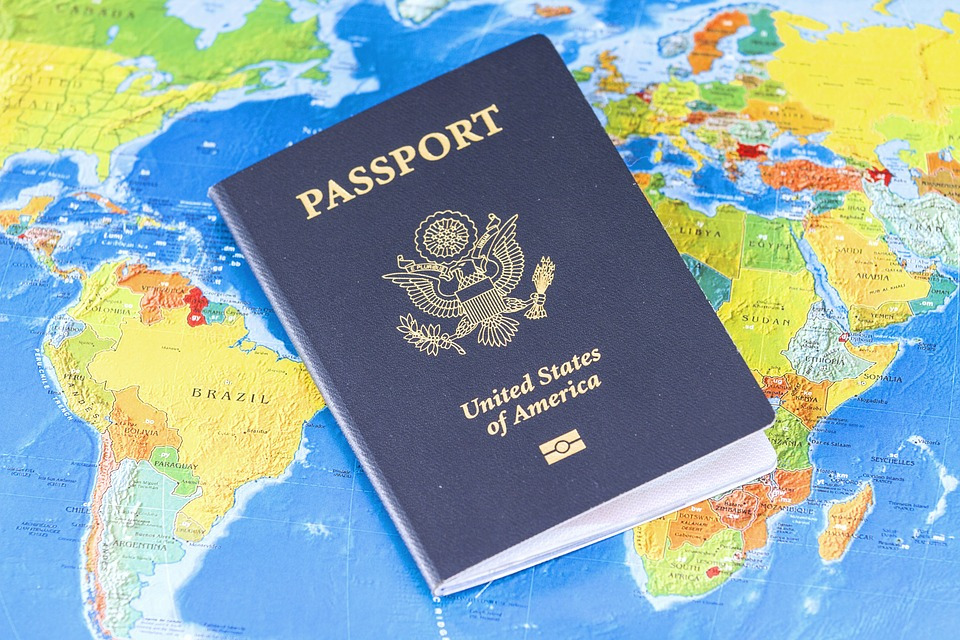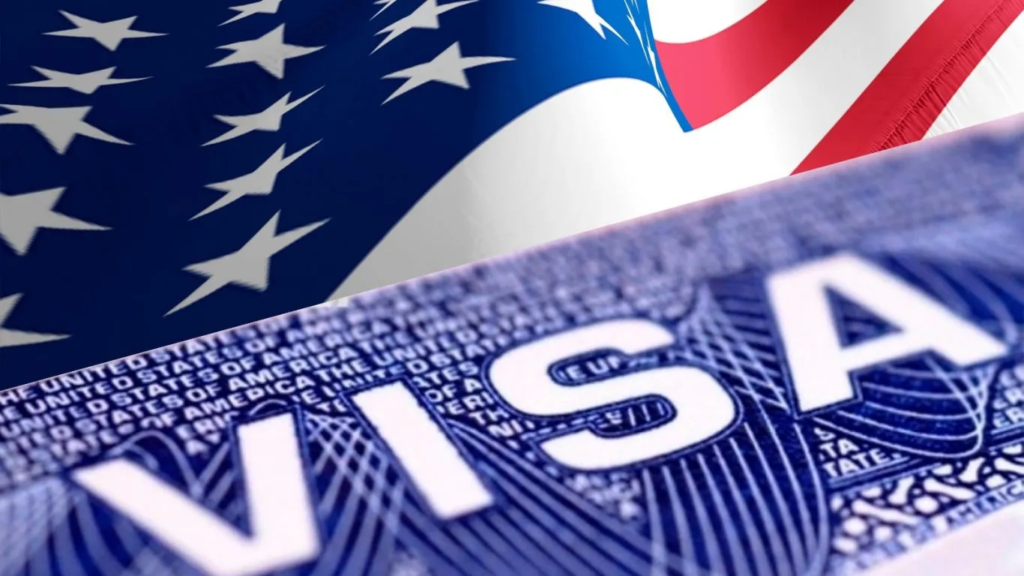WASHINGTON- The U.S. Citizenship and Immigration Services (USCIS) has taken several steps to enhance the H-1B (US Visa) registration process and reduce the possibility of fraud. While some of the measures were implemented earlier, many other key rules related to immigration and H-1B went live on April 1, 2024.
The new US visa fee schedule will impact the cost of numerous non-immigrant visa categories, including the most popular among Indians: H-1B, L-1, and EB-5 visas.

New US Visa Rules
Beginning in April, the cost of H-1B registration and petition filing fees for Form I-129 will significantly increase. Petitioners use Form I-129 to file on behalf of a nonimmigrant worker to come to the United States temporarily to perform services or to receive training as an H-1B, H-2A, H-2B, H-3, L-1, O-1, O-2, P-1, P-1S, P-2, P-2S, P-3, P-3S, Q-1, or R-1 nonimmigrant worker.
The $10 H-1B registration process fee will be raised to $215, marking a 2,050% increase, and the petition filing fee for Form I-129 is now $780. The Form I-129 H-1B petition filing fee is in addition to the H-1B registration charge.
There will be no grace period for submitting the new version of Form I-129, Petition for a Nonimmigrant Worker, as it must be updated with the new fee computation. The increased fees came into effect from April 1, 2024.
Starting with the fiscal year 2025 for the initial registration period, USCIS will require registrants to provide valid passport or travel document information for each beneficiary.
The passport or travel document presented must be the one the beneficiary plans to use to enter the United States if granted an H-1B visa. Each beneficiary must be enrolled under a single passport or travel document. The beneficiary-centric method selects registrations based on unique beneficiaries.

Form I-129 for H-1B
Effective April 1, 2024, USCIS service centers will no longer accept Form I-129 petitions requesting H-1B or H-1B1 (HSC) classification. USCIS will reject H-1B or H-1B1 (HSC) petitions received at a USCIS service center on or after April 1, 2024.
Starting April 1, 2024, all paper-filed Form I-129 petitions requesting H-1B1 (HSC) or H-1B classification, including those with a concurrent Form I-907, Request for Premium Processing Service, and those with concurrently filed Form I-539 and/or Form I-765, must be filed at a USCIS lockbox facility.
USCIS will accept prior editions of most forms during a grace period from April 1, 2024, through June 3, 2024. During this grace period, USCIS will accept previous and new editions of certain forms filed with the correct fee.
However, there will be no grace period for the following new forms because they must be revised with a new fee calculation:
- Form I-129, Petition for a Nonimmigrant Worker;
- Form I-129 CW, Petition for a CNMI-Only Nonimmigrant Transitional Worker;
- Form I-140, Immigrant Petition for Alien Workers;
- Form I-600A, Application for Advance Processing of an Orphan Petition (and supplement 1, 2 and 3);
- Form I-600, Petition to Classify Orphan as an Immediate Relative.

Filling for H-2B
H-2B petitions postmarked on or after April 1, 2024, must include the new fees and be filed using the 04/01/24 edition of the form, or USCIS will not accept them.
Further, the H-2B program permits U.S. companies or agents to employ foreign nationals for temporary non-agricultural occupations if they meet specific regulatory conditions.
Subsequently, Form I-129, Petition for a Nonimmigrant Worker, must be filed by a U.S. employer or agent on behalf of the prospective worker.
Stay tuned with us. Further, follow us on social media for the latest updates.
Join us on Telegram Group for the Latest Aviation Updates. Subsequently, follow us on Google News

